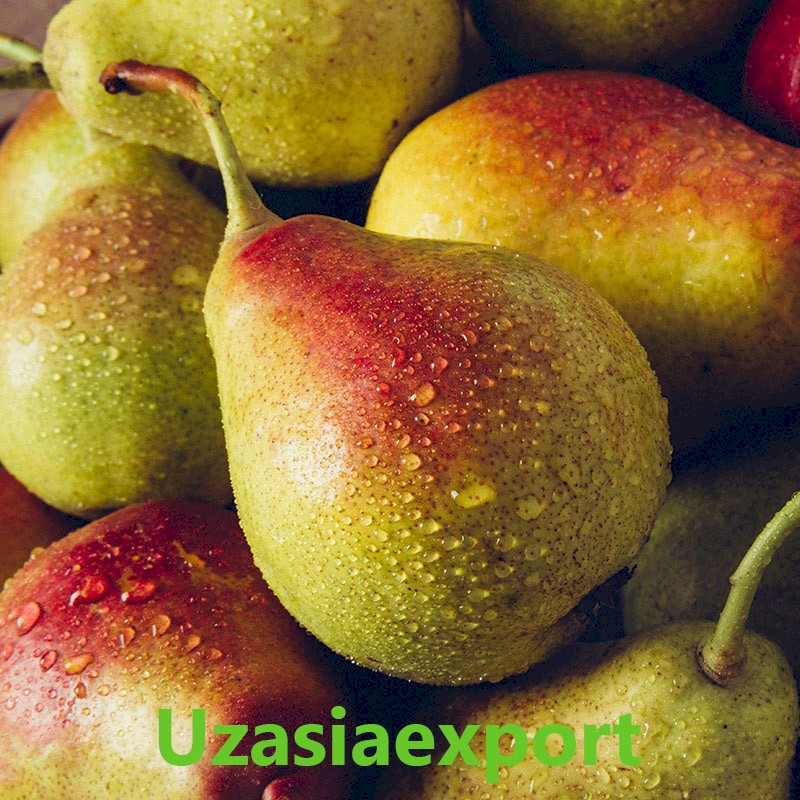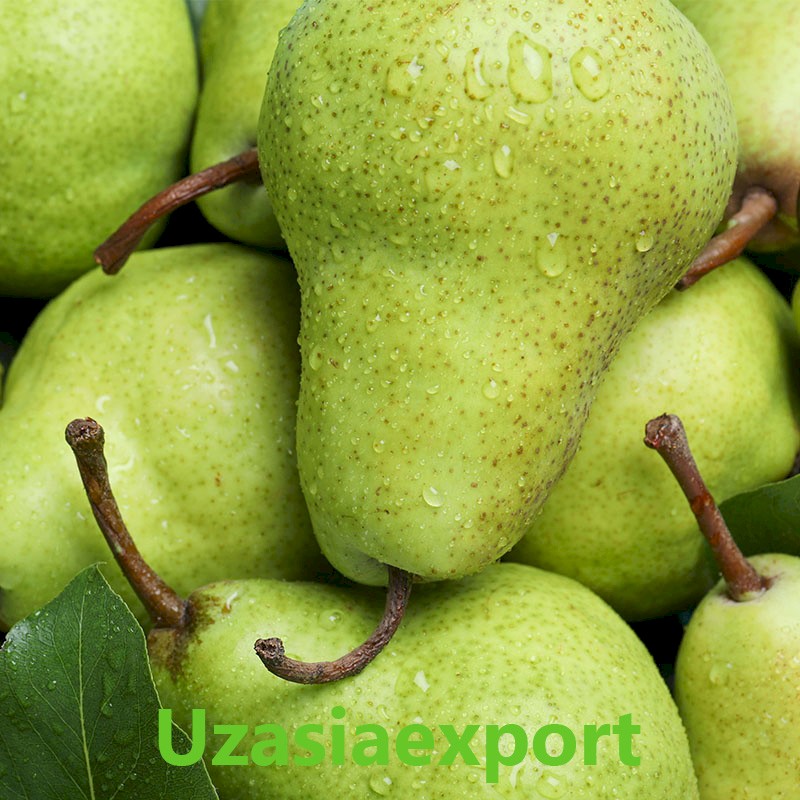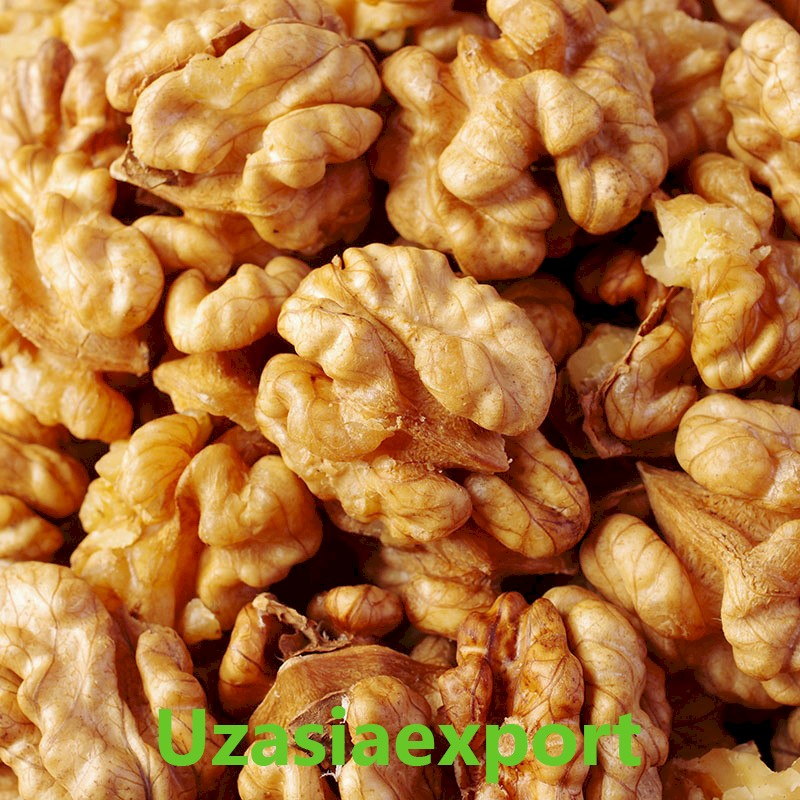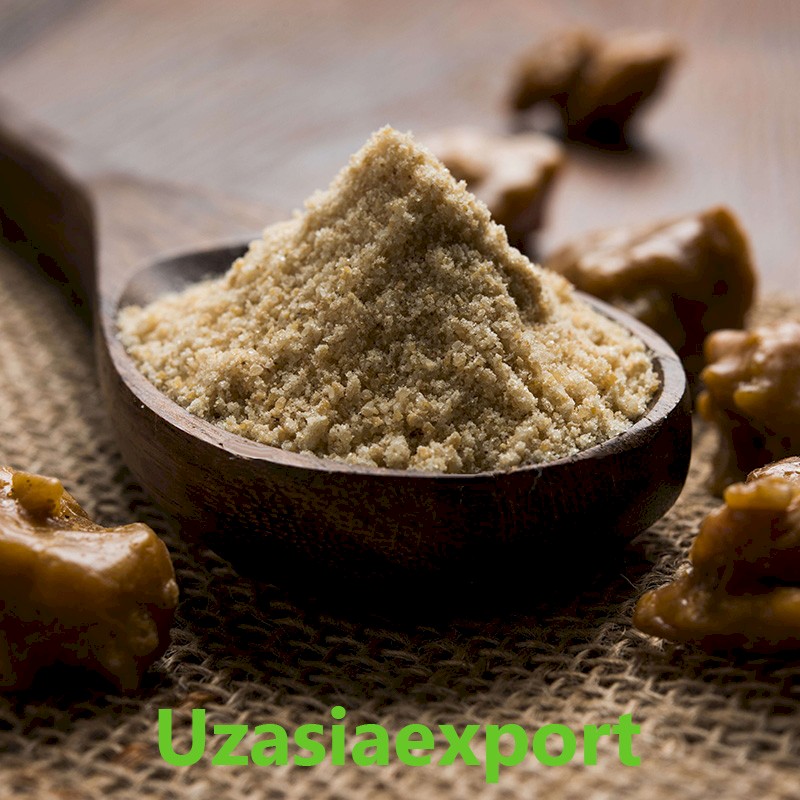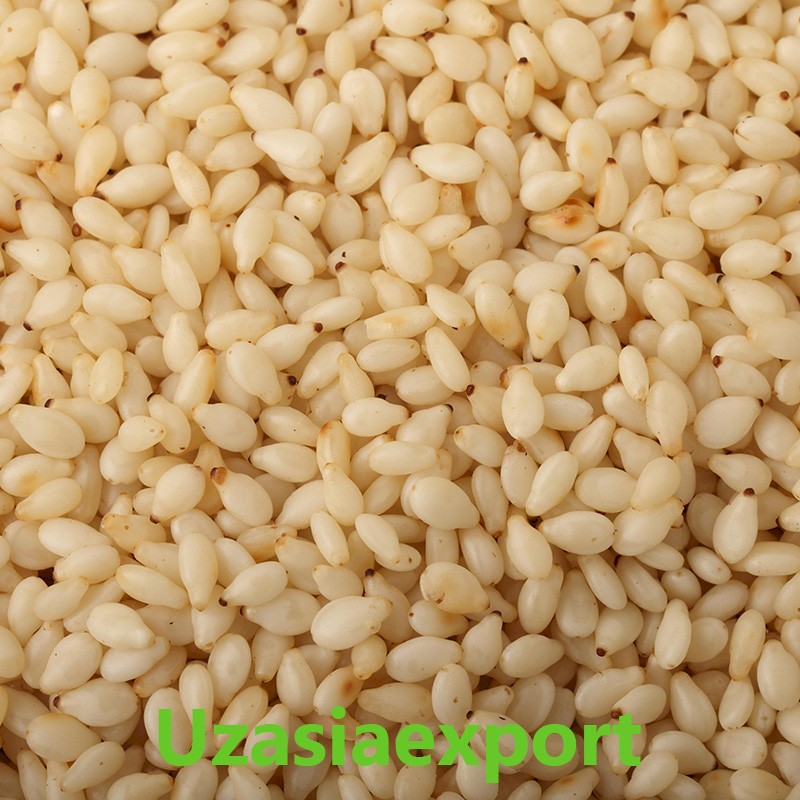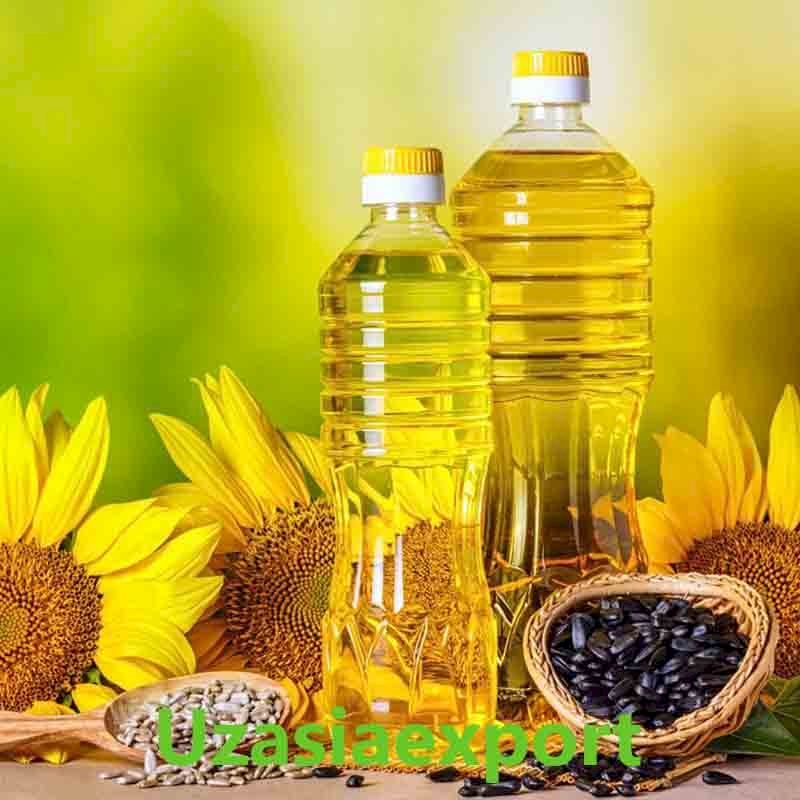Pear
-
Product category: Fruits
-
Species (Varieties): Lyubimitsa klappa Mramornaya rasroshansk Olivie de seer Royal zimnyaya Sari Guzal Starkrimson Talgarskaya krasavitsa Lesnaya krasavitsa Zimnaya nashvati Vilyams Salom Hosui
Suppliers:0
Small description
Pear
The Crimea and the North Caucasus are the main regions where pears are grown, and promising varieties have been created based on the best varieties of Western Europe. They were later adapted to Ukraine and Central Asia.
Less important varieties are found in Central Asia than others. European varieties of pears (Olive de serr, Bere basque, Bon crete, Williams, etc.) began to be planted in the late XIX century, but due to the dryness and heat of the weather did not spread as widely as in the Crimea. Growing pears in mountains and mountainous areas is of great importance, because in such places it grows well and bears delicious fruit.
Although pear is a temperate climate plant like apple, it requires a lot of heat, is less resistant to cold and lives longer than an apple, it can live 100-150 years and sometimes up to 200 years. In our conditions, about 10 local varieties are grown. There are about 60 wild species of pears, of which in fruit: Jaydari, Central Asian,Turkmen, Ussuri, Nashvati, Tol bargli and Regel pear are important.
About 60 wild species of pear are known. The main focus is on the following types of fruit trees.
Jaydari pear (P.Communis L) grows wild. Its wild species are found in Central Asia and Kazakhstan, sometimes occupying large areas in forests. The height of the energetic tree reaches 20 meters, the roots are dense and penetrate deep into the ground.
There are many species: in mountainous areas it is sometimes found in the form of a bush, it is used as a long-stemmed graft.
Central Asian pear (P. Asiae mediae M. Pop) is found in the walnut-diamonds of the Tien Shan, in the valley of the Pskom River. The tree is big, the fruits are large, yellowish, juicy, sweet, ripen early. This pear is a wild pear. It is used as a weld.
Caucasian pear (P. caukasica Fed) is distributed in a small part of the entire North Caucasus. It was brought to Uzbekistan and used as a weld. But it did not spread because it could not adapt to the climate of the place.
Turkmen pear (P. turcomanica Malleev) is found in the wild in Kopetdag. The height of the tree reaches 4 m. The fruits are round, flat, sour, sweet.
Ussyrian pear (P. ussuriensis Max) is widespread in the foothills and valleys of the Ussuriysk region. The tree reaches a height of 15 meters, thorny. There are so many types it's hard to say. The fruits are short, pale green or yellow in color, and the flesh is granular. This is the best kind of frost-resistant pears. It is used in Siberian and Ural horticulture as a long, frost-resistant weld, as well as in selection work.
Nashvati (P. serotina Rehd) is native to China. The height of the tree reaches 15 meters. The fruits are small, the petals hang down. Has vegetative reproduction.
White pear. The homeland of the white pear (P. nevalis L) is Asia Minor and the Caucasus. It looks like a thorny bush or a tree up to 20 meters high. More resistant to drought, but less resistant to cold than ordinary peas. It is the main type of some cultivars.
Willow-leaved pear (P.solicufola Pall) grows in dry rocky areas on the edge of the forests of the East Caucasus. The height of the tree is up to 10-12 meters, sometimes resembling a bush. Has the property of polymorphism. It produces a lot of buds from its roots, it is resistant to drought and cold.
Korzhinsky pear (P. Korshins kii Jitw) is a species that grows up to 1700 meters in the Pamir-Alay Mountains and the Western Tien Shan. The tree is of medium height, without thorns. The fruits are small, pear-shaped or spherical, soft, delicious. It is used as a weld.
Regel pear (P. Regelli Rehd) grows on the slopes of Uzbekistan. It is a small tree with strong roots and long spines. It differs from other species by the fact that the leaves are carved into thin sections. The fruits are small, granular, the seeds are large. It is drastically different from other species. Very hardy to drought, grows well in rocky soils. In nature, a hybrid of this species with Korzhinsky pear - a synonym of Bukhara pear (P. bucharica Litw heteropbylla). In Central Asian orchards, this variety can be used as a graft in mountainous soil zones.

Suppliers of this product
Shown 0 goods from 0
Hot deals
Popular products currently available




